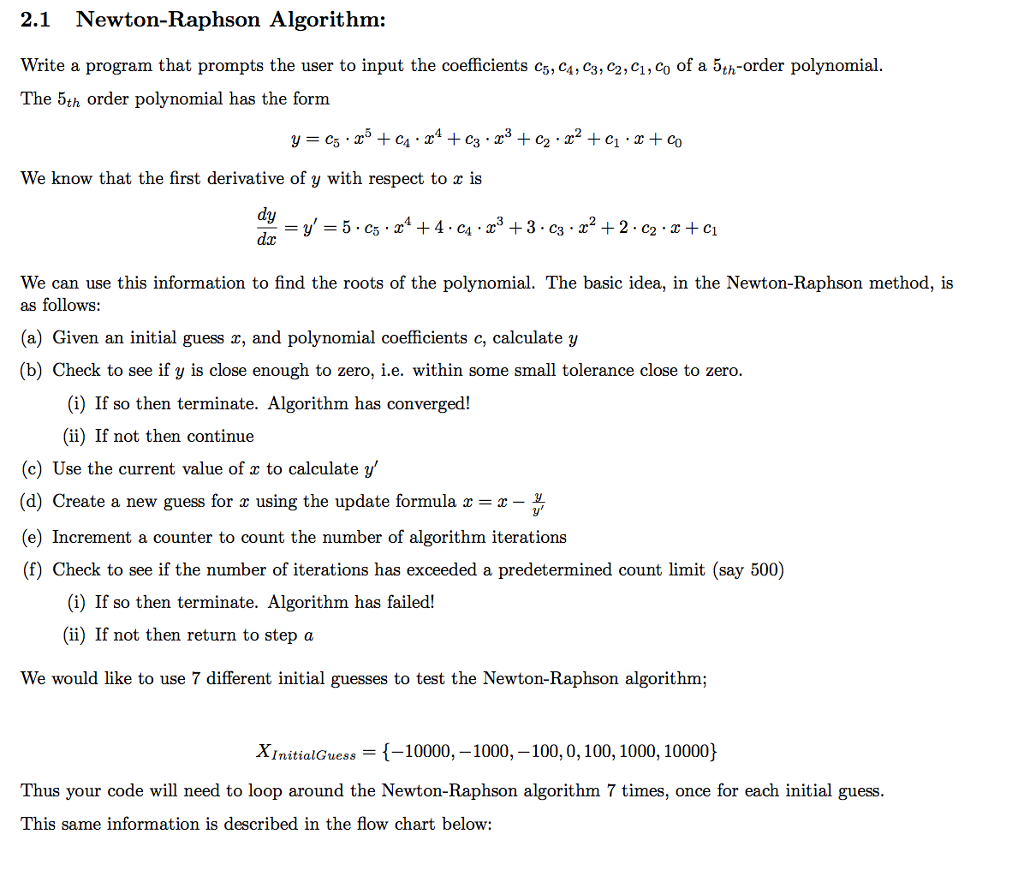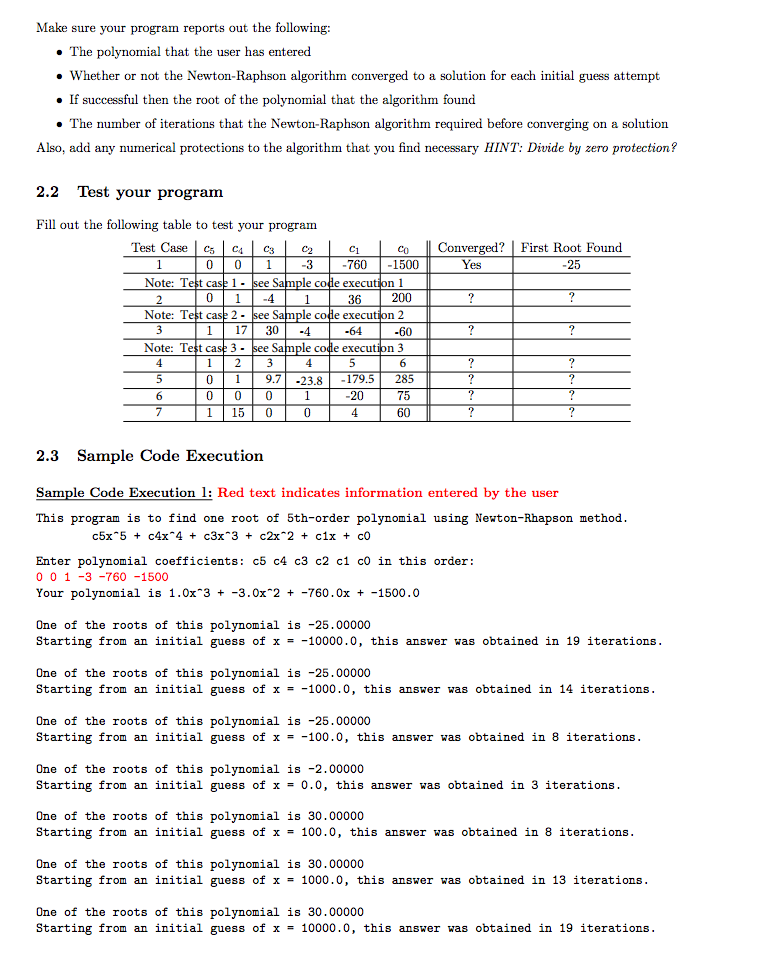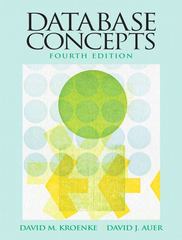Question
This is my code but it is not working double c1=0; double c2=0; double c3=0; double c4=0; double c5=0; double c0=0; int counter_1=0; int counter_2=0;
This is my code but it is not working
double c1=0;
double c2=0;
double c3=0;
double c4=0;
double c5=0;
double c0=0;
int counter_1=0;
int counter_2=0;
double iGuess=0;
double Vaule_y=0;
double gfc=0;
printf("This program os to find one root of the 5th-order polynomial using Newton-Rhapson method. ");
printf("c5x^5 + c4x^4 + c3x^3 + c2x^2 + c1x + c0 ");
printf("Enter polynomial coefficeints: c5 c4 c3 c2 1 c0 in this order: ");
scanf(" %lf%lf%lf%lf%lf%lf", &c5,&c4,&c3,&c2,&c1,&c0);
printf("Your polynomial is, ");
PrintPolynomial(c5,c4,c3,c2,c1,c0);
for (counter_1 = 1; counter_1
iGuess = InitailGuessNum(counter_1);
gfc = iGuess;
for(counter_2 = 1; counter_2
Vaule_y = c5 * pow(gfc,5) + c4*pow(gfc,4) + c3 * (gfc,3) + c2 * (gfc,2) + c1 * gfc+ c0;
if(fabs(Vaule_y)
printf("One of the roots of this polynomial is %.5f ", gfc);
printf("Staring from an initial guess of x= %.1lf, this answer was obtained in %d iterations. ",iGuess, (counter_2-1));
counter_2=501;
}
else if (counter_2
gfc = NewXval(gfc,Vaule_y,c5,c4,c3,c2,c1);
}
else{
printf("The initial guess of x = %.1f failed to converge to a solution; roots may be complex ", iGuess);
}
}
}
return 0;
}




Step by Step Solution
There are 3 Steps involved in it
Step: 1

Get Instant Access to Expert-Tailored Solutions
See step-by-step solutions with expert insights and AI powered tools for academic success
Step: 2

Step: 3

Ace Your Homework with AI
Get the answers you need in no time with our AI-driven, step-by-step assistance
Get Started


